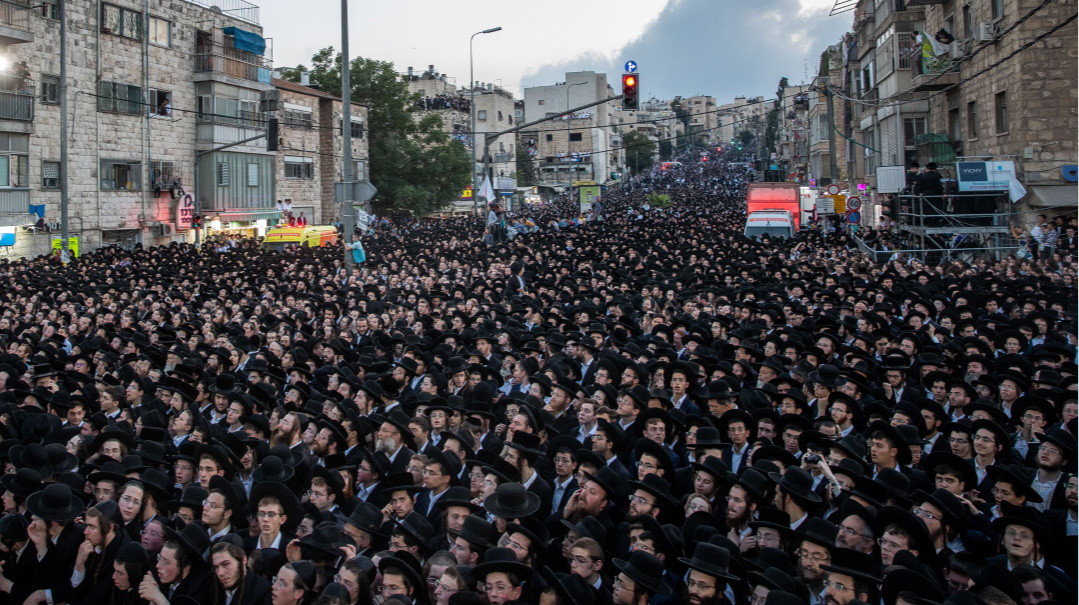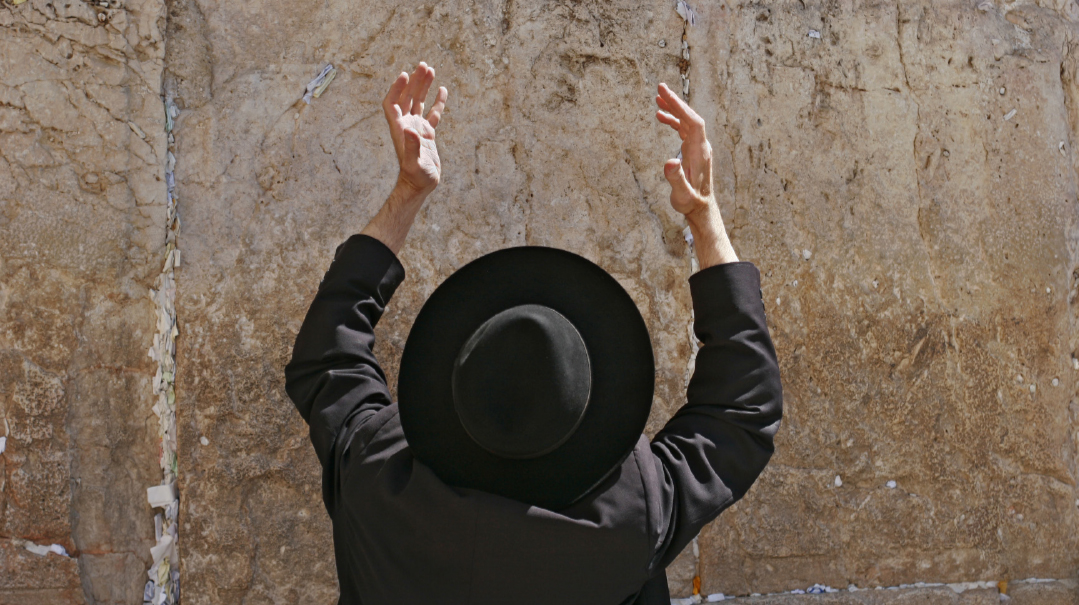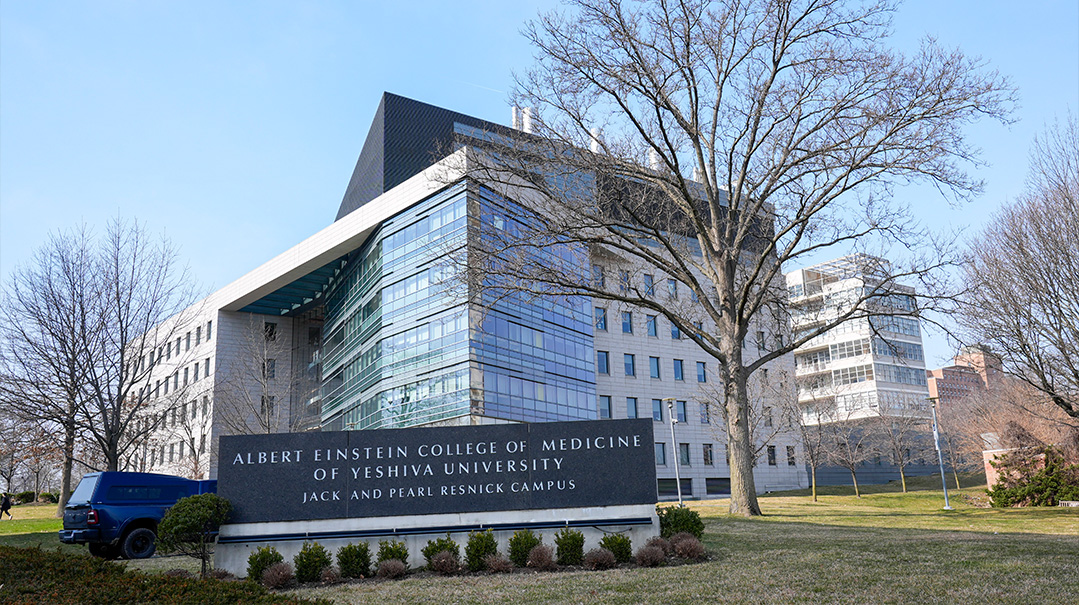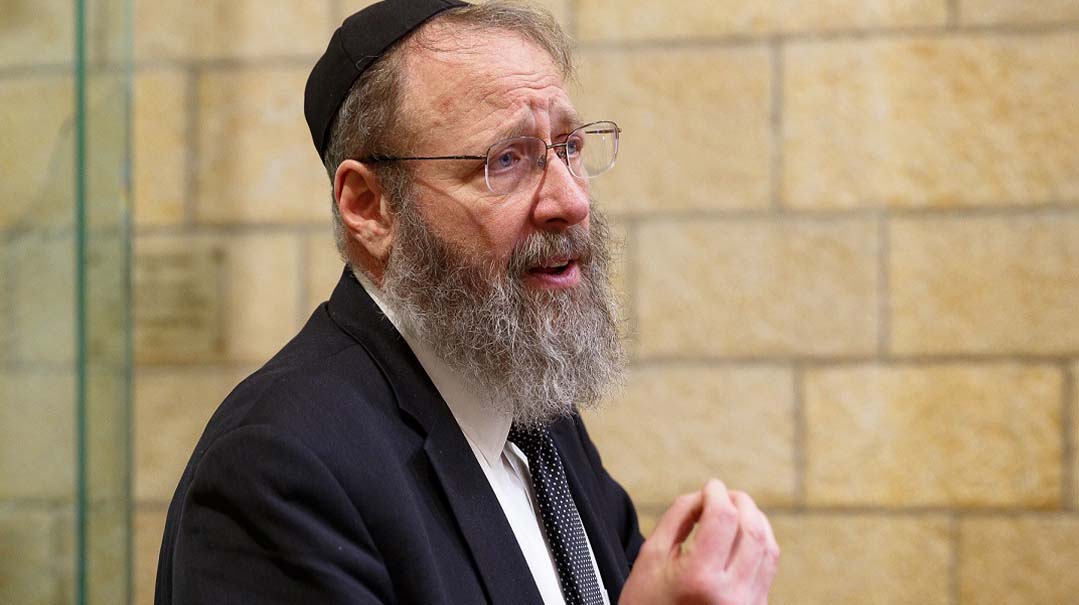A Holy Neshamah
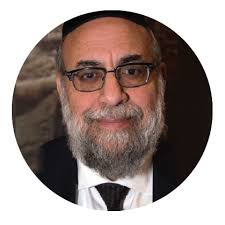
Tzirel bas Shlomo Zalman became a household name in yeshivos across the world
I
rarely comment on an article that appears in Mishpacha, much less write an entire column in response. However, Reb Dovi Safier’s masterpiece in the Pesach issue about Jennie Miller (“Mother of All Yeshivos,” Issue 956) is unlike any other that has been published thus far.
I could never find the words to express my admiration the way my dear friend Reb Sruli Besser, a master of the written word, did in his letter to the editor a couple of weeks ago. Everything he praised about the article — the exhaustive research, the fascinating subject matter, and the pure heart that went into it — makes it worthy of a Pulitzer Prize.
However, I want to just focus on one aspect of the piece, which most would consider just a sidebar, but it touched me very deeply. Allow me to explain.
Reb Dov introduces us to a tragic young figure named Cecelia Cohen, also known as Tzirel bas Shlomo Zalman. She was an 11-year-old niece of Jennie Miller whom she had adopted as an infant. A family member had suggested that since Jenny had not merited children of her own, her brother Samuel, who was blessed with several other children and who was financially supported by his wealthy and generous sister, should allow Jennie to raise his daughter Cecelia as her own.
While Cecelia was playing a childish game with a lit candle, the fire ignited the costume she was wearing, severely burning her. She suffered terribly and succumbed to her injuries a few days later. It is impossible to comprehend the agony that Jennie felt at the loss of her niece, or the guilt that she probably carried in her heart until her dying day.
Besides the sheer tragedy of her passing so long ago, what caught my attention and captured my heart in reading about it is what followed in subsequent years: Tzirel bas Shlomo Zalman became a household name in yeshivos across the world.
Cecelia merited to have Rav Meir Shapiro, the famed Lubliner Rav, say Kaddish for her and also say a shiur in her memory. Each year on her yahrtzeit, the famed rosh yeshivah Rav Boruch Ber Leibowitz dedicated a day’s learning in Kamenitz for her memory. Rav Leizer Yudel Finkel personally recited Kaddish for her every year and the entire Mirrer Yeshivah studied Mishnayos. In Baltimore, Rav Ruderman initiated a special day of learning in Yeshivas Ner Israel in her zechus as well. There were no doubt many more such events that were not mentioned in Reb Dov’s article.
This brief tidbit struck me more than anything else in the entire incredible article. Who was this holy neshamah? She wasn’t just an 11-year-old girl from Philadelphia named Cecelia whose life had come to a tragic end. She was on a level that merited having every rosh yeshivah and gadol hador in Europe say Kaddish for her special soul and thousands upon thousands of hours of Torah learning by bnei yeshivah across Europe on her behalf. What a special neshamah she must have had to warrant such incredible zechusim.
We ourselves need to internalize this message as well. When we hear of tragedies involving young people passing away, especially after fervent tefillah being said on their behalf, we of course need to shed a tear for the loss. But we should also realize that these were holy neshamos that needed small tikkunim in this temporal world, and that one day, hopefully very soon, it will all be explained to us. It is impossible to comprehend what kind of aliyas neshamah Cecelia had when such Torah giants davened for her personally .
When Rav Moshe Lau, the eldest son of Israel’s former Ashkenazic chief rabbi, Rav Yisrael Meir Lau, went recently to a shivah house where a young boy had passed away, he shared the following with the family.
“Many years ago, the famed posek Rav Moshe Halberstam shared with me that when he was a very young man growing up in Yerushalayim, an elderly mekubal from the Old City informed him of a mesorah passed down from the Vilna Gaon via his students who had come to Eretz Yisrael. The mesorah is that the three years that elapsed from the time the ger tzedek Avraham ben Avraham of Vilna recognized Hashem until he was burned at the stake [the yahrtzeit is on the second day of Shavuos] served to compensate for the three years from Avraham Avinu’s birth until he recognized Hashem. He had to be reborn as a non-Jew and go through an entire process to become a Jew for three years.”
Rav Lau told the family, “We can never know the cheshbonos of Shamayim, everything is calculated by Hashem.”
One of the closest students of Rav Chaim Kanievsky ztz”l is the famed darshan and rosh yeshivah, Rav Yisrael Meir Druk. After his rebbi’s passing, he publicly shared something that Rav Chaim had told him privately. Many years earlier, he and his wife suffered the loss of their infant son, and on the last day of shivah, Rav Chaim came to offer words of consolation.
Rav Chaim told him the following: “Your son was an exalted neshamah that has now reached the highest possible place. There is no reason to be pained by this, and there is no need for tikkunim. There is no need to recite Kaddish or learn Mishnayos.”
And with that, he stood up and left, leaving Rav and Rebbetzin Druk both speechless and immeasurably consoled.
While most of us do not have Rav Chaim’s ability to perceive a neshamah’s kedushah, when we see its connection to greatness afterwards, we are at least able to understand that there is a whole spiritual world we can’t see.
I remember a personal experience of my own. When our oldest grandchild was born, he developed bacterial meningitis during childbirth and became very ill, very quickly. My wife and I spent the second Shabbos of his life with him in the ICU, allowing his parents a much-needed rest at home. My wife took the shift until 1 a.m., and then it was my turn.
At around 3 a.m., a neurologist who had been brought in as a consultant on the case came and sat down next to me and began to talk about himself. He was Jewish and had never had any religious education at all, but he did remember his maternal grandfather wearing “one of those” (he said this while pointing to the yarmulke on my head). Then he began to talk about the difficult circumstances of my grandson’s situation and made a comment that shocked me at first. He said that due to my grandson’s grave condition, there was really no point to his being in this world and he would have no purpose in living.
I looked directly at him, and after a few moments I said, “That’s really interesting, because I have been sitting here for the last few hours, just staring at his frail little body through the glass of the incubator. And what I see is a pure and holy soul that came into this world with a purpose and a mission. I do not know what that purpose or mission is, but we are all praying that the Al-mighty G-d in Whom we have complete faith will see to it that his mission is completed, however long it takes and whatever condition he may be in.”
The doctor listened to my words and got up and left. I went back to my Sefer Tehillim, and before I could even start again, the doctor returned. He just stood over me for several moments, and then said, “I wish I had some of your faith to be able to see beyond what’s right in front of me.”
If even one reader of this article is able to take some chizuk from hearing about Cecelia’s story, or about Rav Druk’s infant son, or about the ger tzedek of Vilna, and realize that each loss is only a physical manifestation of what we see in front of us, but that in the spiritual world, holy neshamos live on in an elevated state, having gone through a tikkun — it will not only bring much-needed nechamah, but it will change our entire understanding of how HaKadosh Baruch Hu runs this world. And that will guarantee us true inner peace.
May Tzirel bas Shlomo Zalman merit a true aliyas neshamah.
(This article was written as a zechus for Alter Chanoch Henoch z”l ben Rav Yehuda Azriel.)
Rabbi Aryeh Z. Ginzberg is the rav of the Chofetz Chaim Torah Center of Cedarhurst and the founding rav of Ohr Moshe Institute in Hillcrest, Queens. He is a published author of several sifrei halachah, and a frequent contributor to many magazines and newspapers, where he writes the Torah hashkafah on timely issues of the day. He is also a sought-after lecturer on Torah hashkafah at a variety of venues around the country.
(Originally featured in Mishpacha, Issue 959)
Oops! We could not locate your form.

